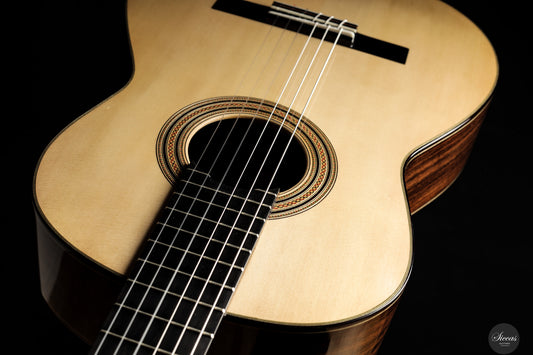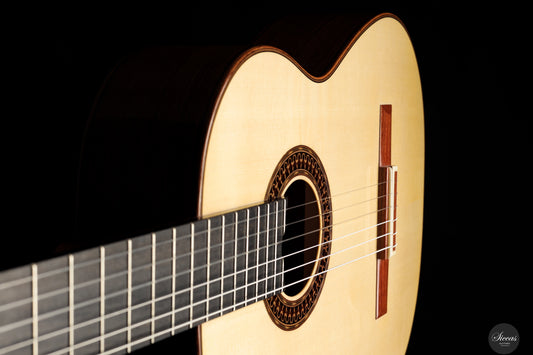Francisco Simplicio ca. 1920-1923 - "1863 Antonio de Torres"
Francisco Simplicio ca. 1920-1923 - "1863 Antonio de Torres"
Overview
Overview
About the luthier
Francisco Simplicio (1874–1932) began his career as a cabinetmaker in the prestigious Masriera & Vidal workshop, where he trained from a young age and remained for nearly two decades. In 1917, political turmoil forced him to close his workshop, and he subsequently joined the atelier of his close friend Enrique García as an assistant. Following García’s death in 1922, Simplicio took over the workshop and continued building guitars under García’s name for three years. He went on to produce 336 instruments under his own name between 1922 and 1932. Simplicio is renowned not only for his exceptional lutherie but also for his artistry, evident in his elaborate purflings, refined marquetry, and iconic carved headstocks. His guitars, with their distinctive art-deco aesthetic and graceful tone, are among the most revered instruments in the history of the Spanish guitar.
About the guitar
This historically important instrument, dated to the period between 1920 and 1923, is a remarkable tribute to Antonio de Torres. Crafted by Francisco Simplicio, it features a finely grained spruce soundboard and a three-piece Brazilian rosewood back, woods closely resembling those used by Torres in iconic guitars such as the 1860 FE 13 once played by Miguel Llobet.
A particularly fascinating aspect is the presence of a Torres label replica inside the body. In keeping with violin-making traditions, where later masters replicated Stradivari labels alongside their own repair inscriptions, Simplicio reproduced the Torres label with subtle differences: notably in the font and the interlaced border motif. A second label added by Simplicio in 1923 affirms his authorship and provides context for the instrument’s creation.
The guitar offers an impressively refined tonal palette: a warm, lyrical voice with a clear fundamental, delicate sustain, and excellent separation. Its lightweight build and traditional Torres-inspired dimensions give it a remarkable immediacy of response and a dynamic, expressive range. The trebles sing with clarity and elegance, while the basses are rich and full without overpowering the balance. The overall sound is intimate yet full, ideal for salon settings or nuanced solo repertoire.
This guitar is a rare and culturally significant example of a Francisco Simplicio-built Antonio de Torres replica. Its historical relevance, exquisite craftsmanship, and graceful voice place it among the most compelling instruments of its kind. As documented in the work of Diego Milanese and Umberto Piazza, Simplicio’s guitars were highly regarded by the leading guitarists of early 20th-century Barcelona.
Condition
The guitar has been expertly restored and is in very good condition, especially for its age, with all structural elements solid and stable. The bridge and the neck-joint have been carefully reinforced, preserving the original headstock. The varnish was delicately retouched to harmonize with the original finish. The soundboard is in excellent condition, showing only two well-repaired cracks on each side of the fingerboard. The back and sides each display two repaired cracks, all of which were professionally and discreetly addressed.
| Luthier: | Francisco Simplicio |
| Construction year: | 1923 |
| Construction type: | Traditional |
| Top: | Spruce |
| Back and sides: | Brazilian rosewood (Pre-CITES) |
| Finish: | French polish |
| Air body frequency: | D / D # |
| Scale: | 650 mm |
| Nut: | 50.5 mm |
| Weight: | 1535 grams |
| Tuners: | Fustero |
| Strings: | Knobloch - EDC 34.0 |
| Condition: | Very good |
| Case: | Hardshell |
Details about GPSR:
Classical Guitar
Francisco Simplicio
Siccas Guitars GmbH, Roonstr. 31, 76137 Karlsruhe, Germany, www.siccasguitars.com, info@siccasguitars.com
Note: For antique guitars, the GPSR does not apply.
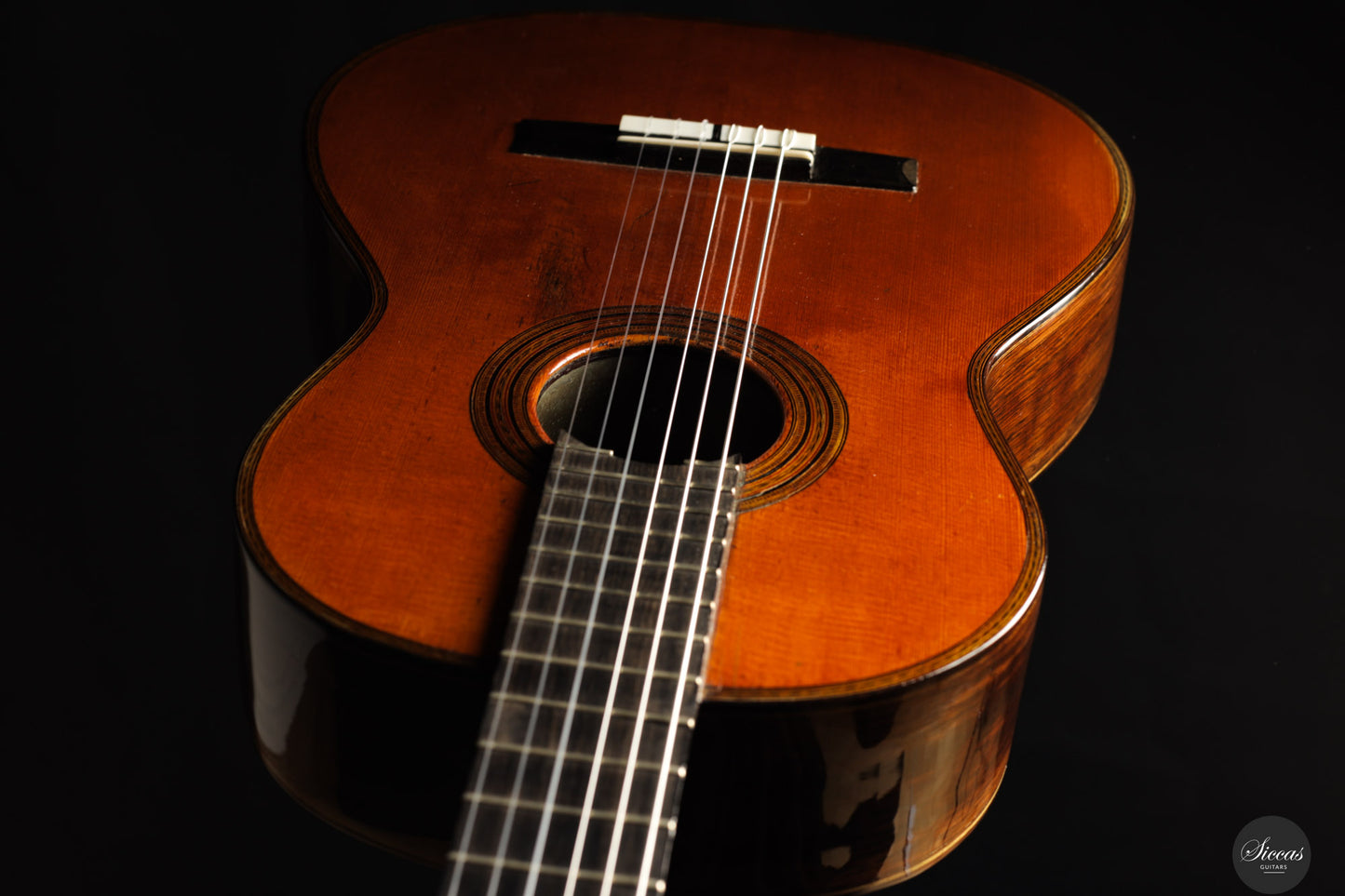
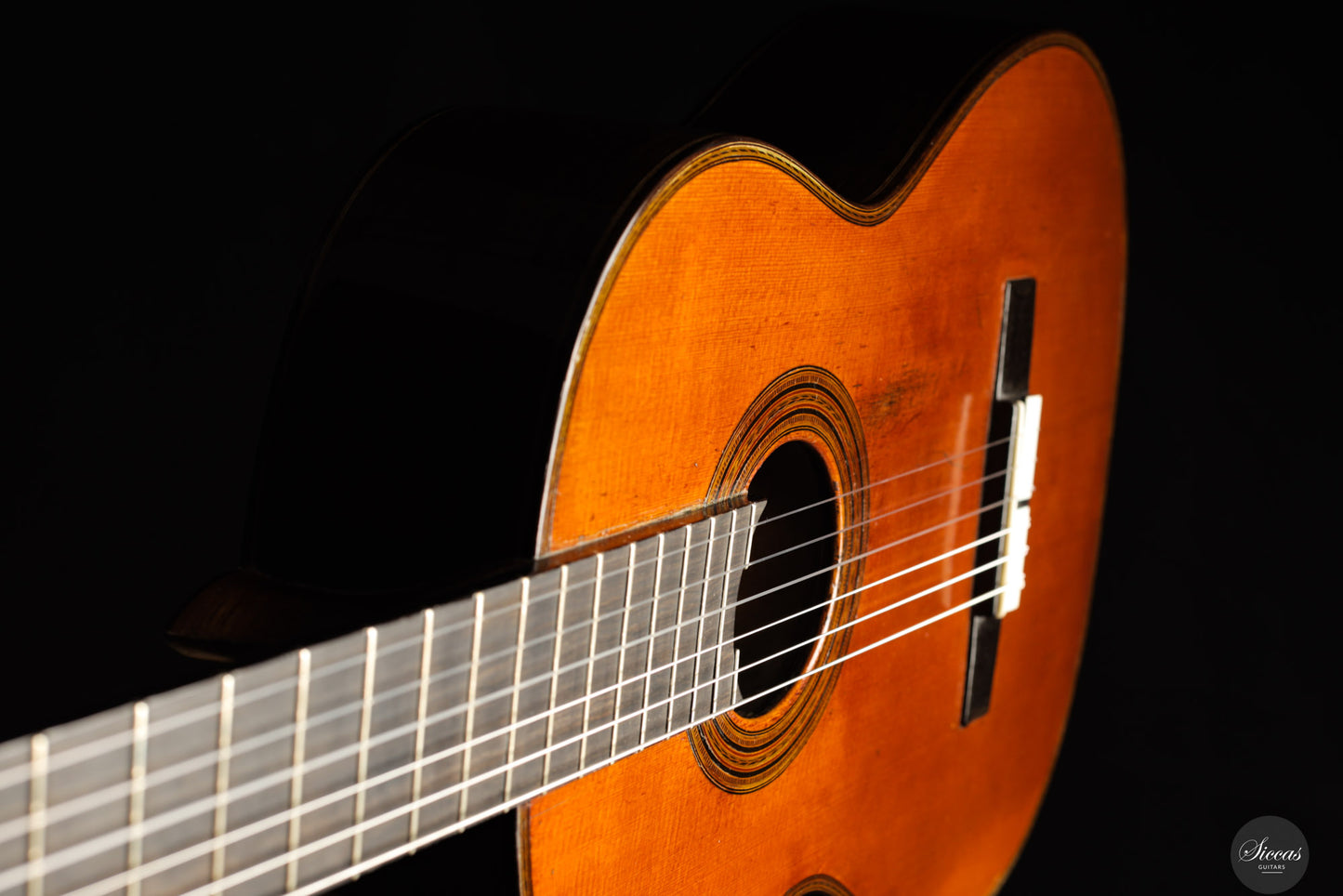
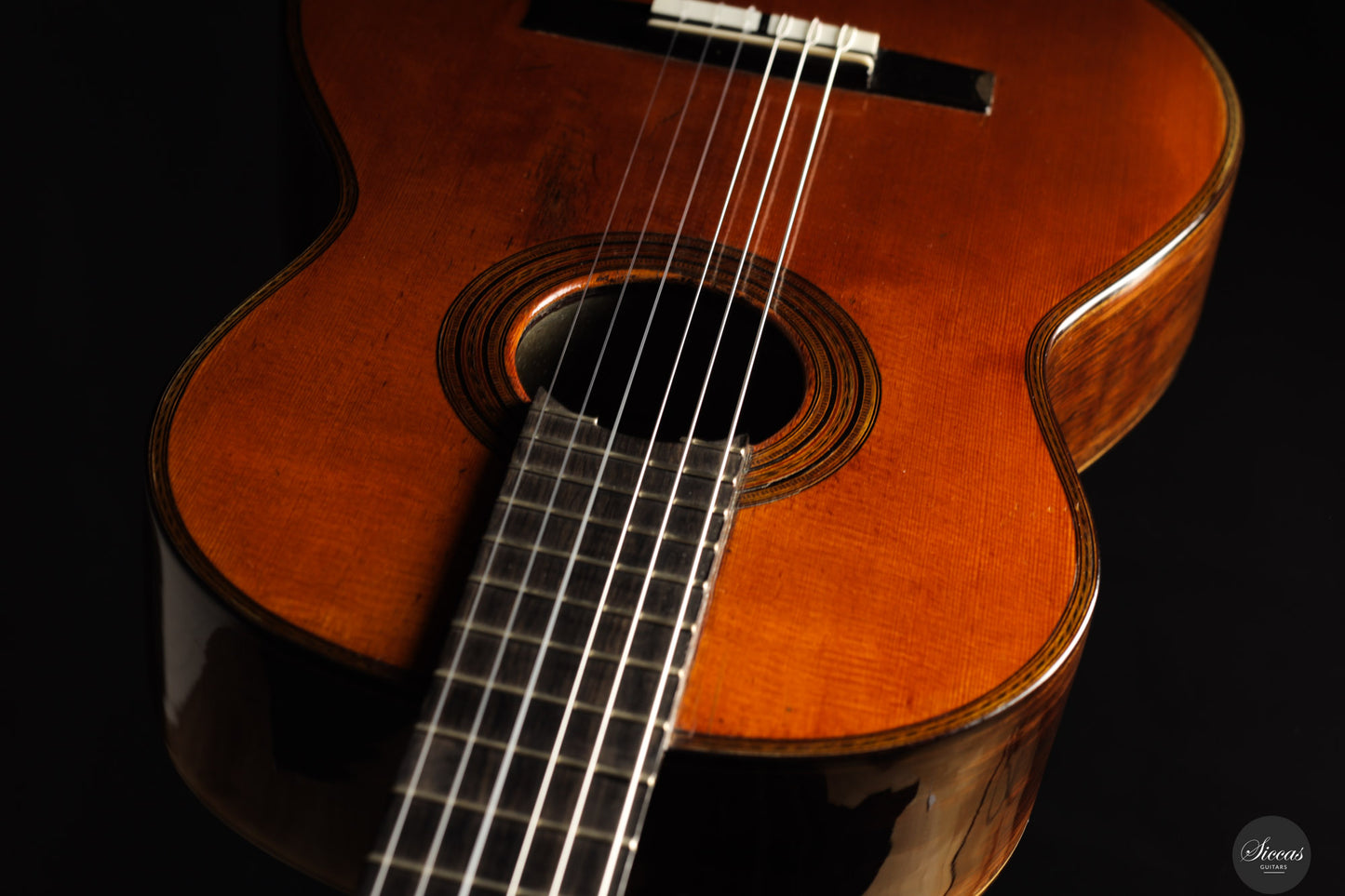
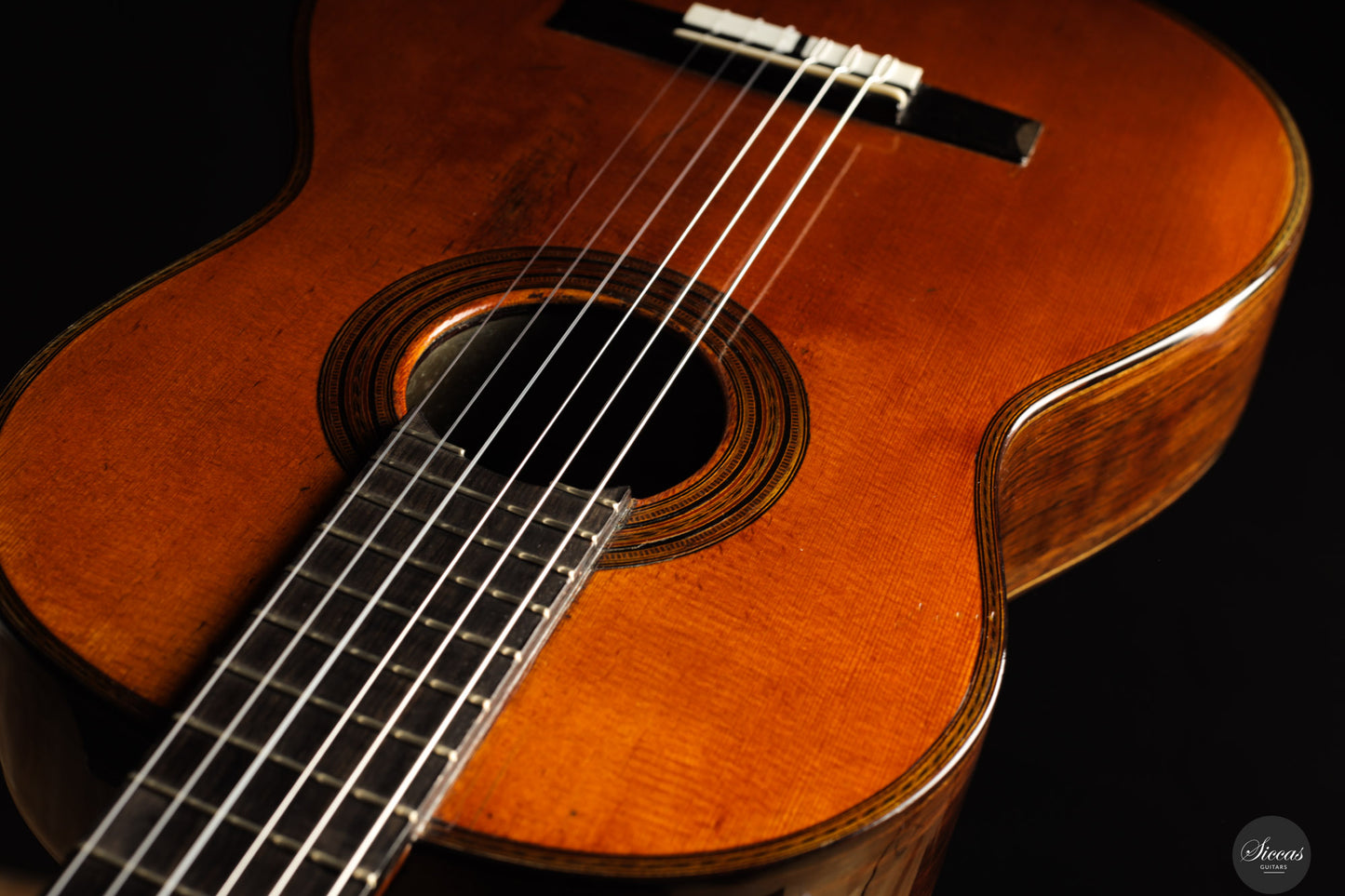
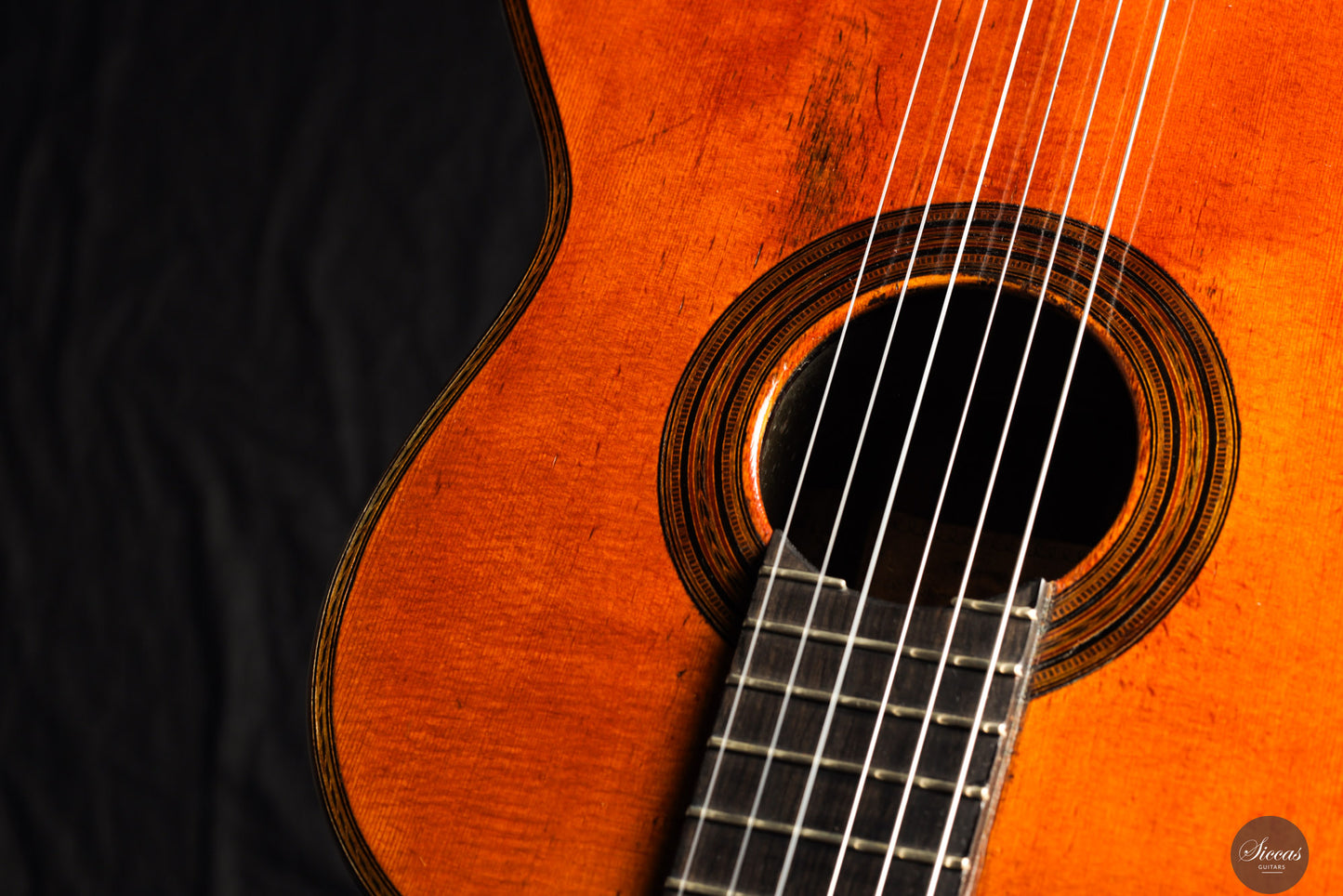
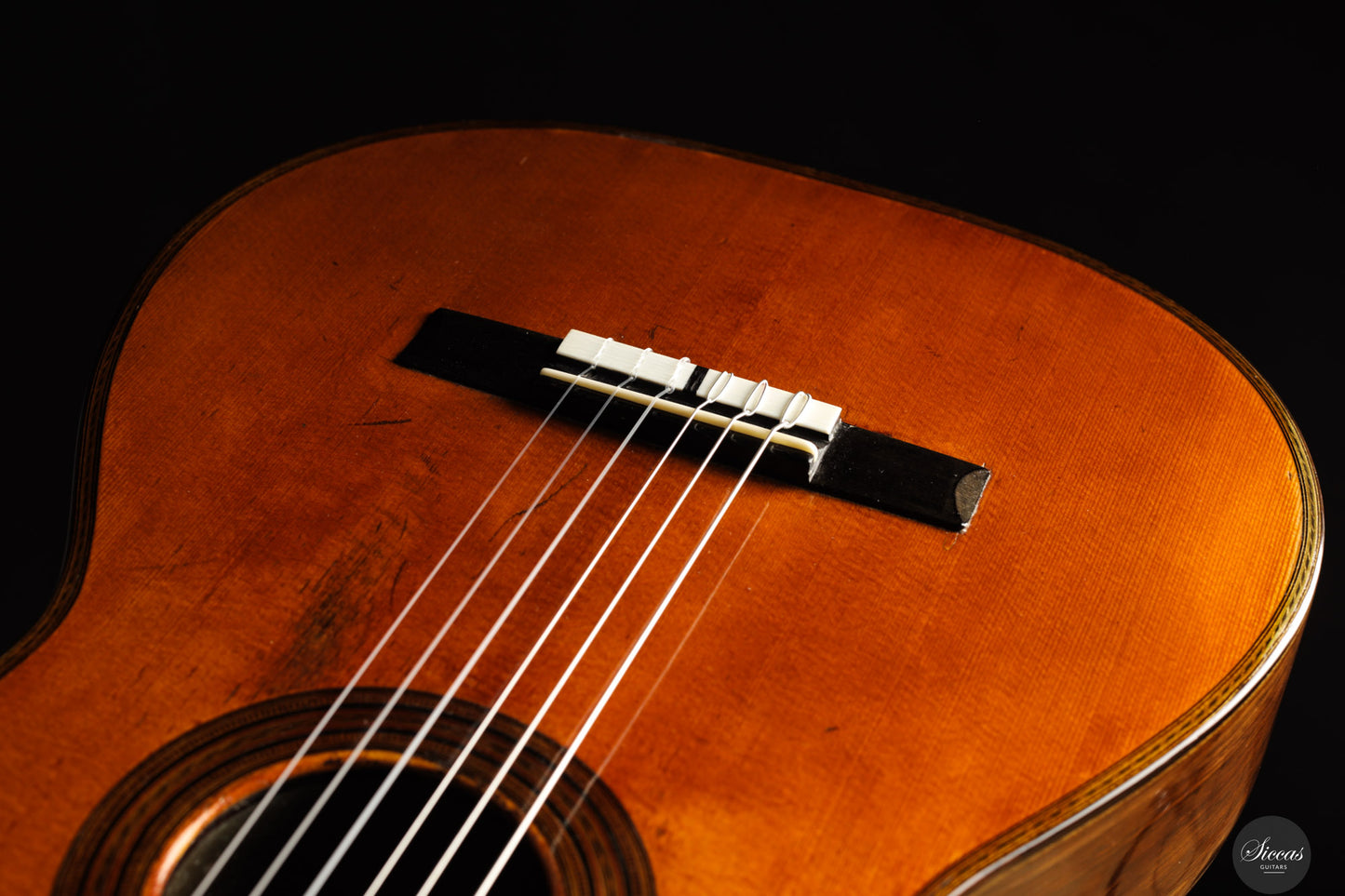
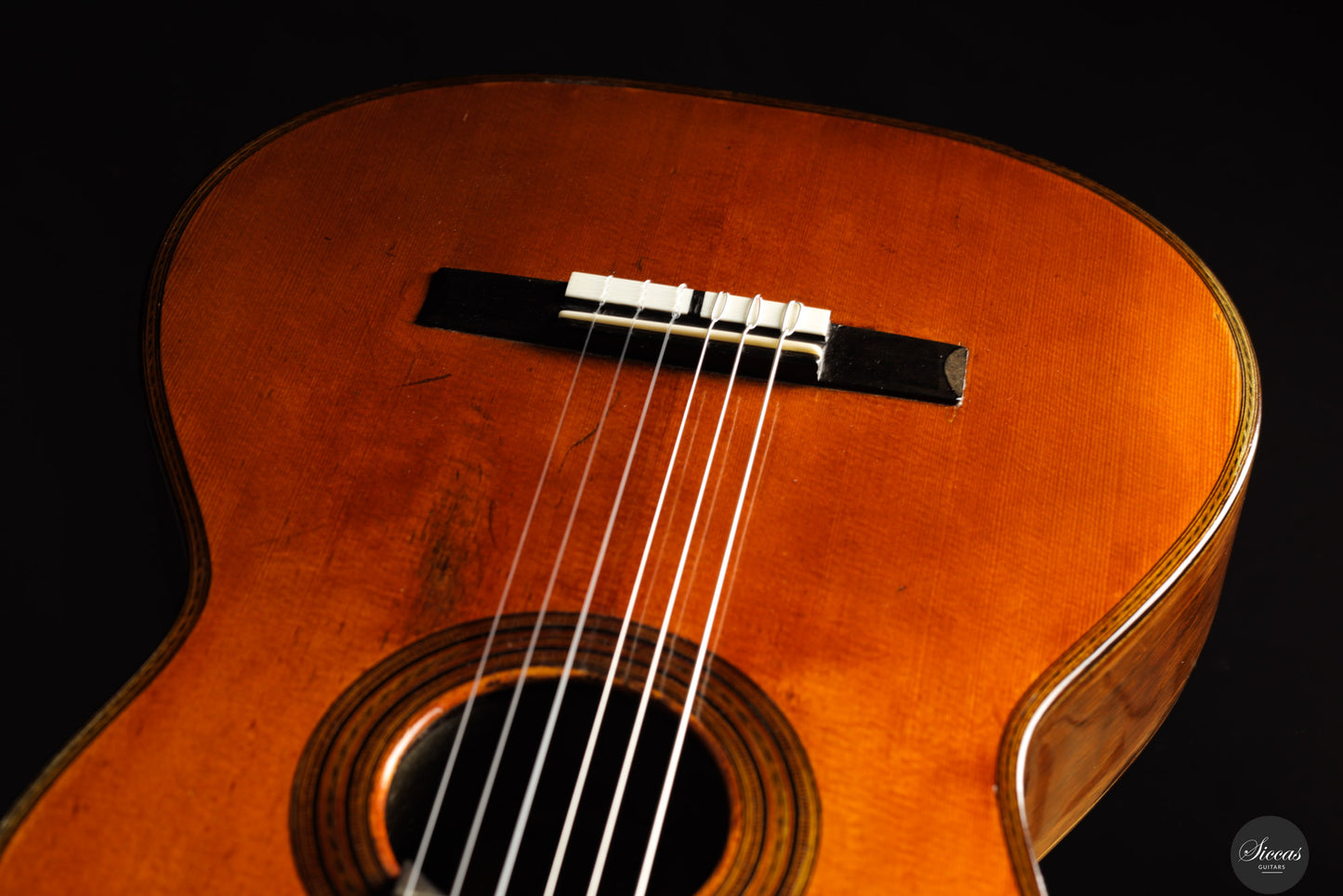
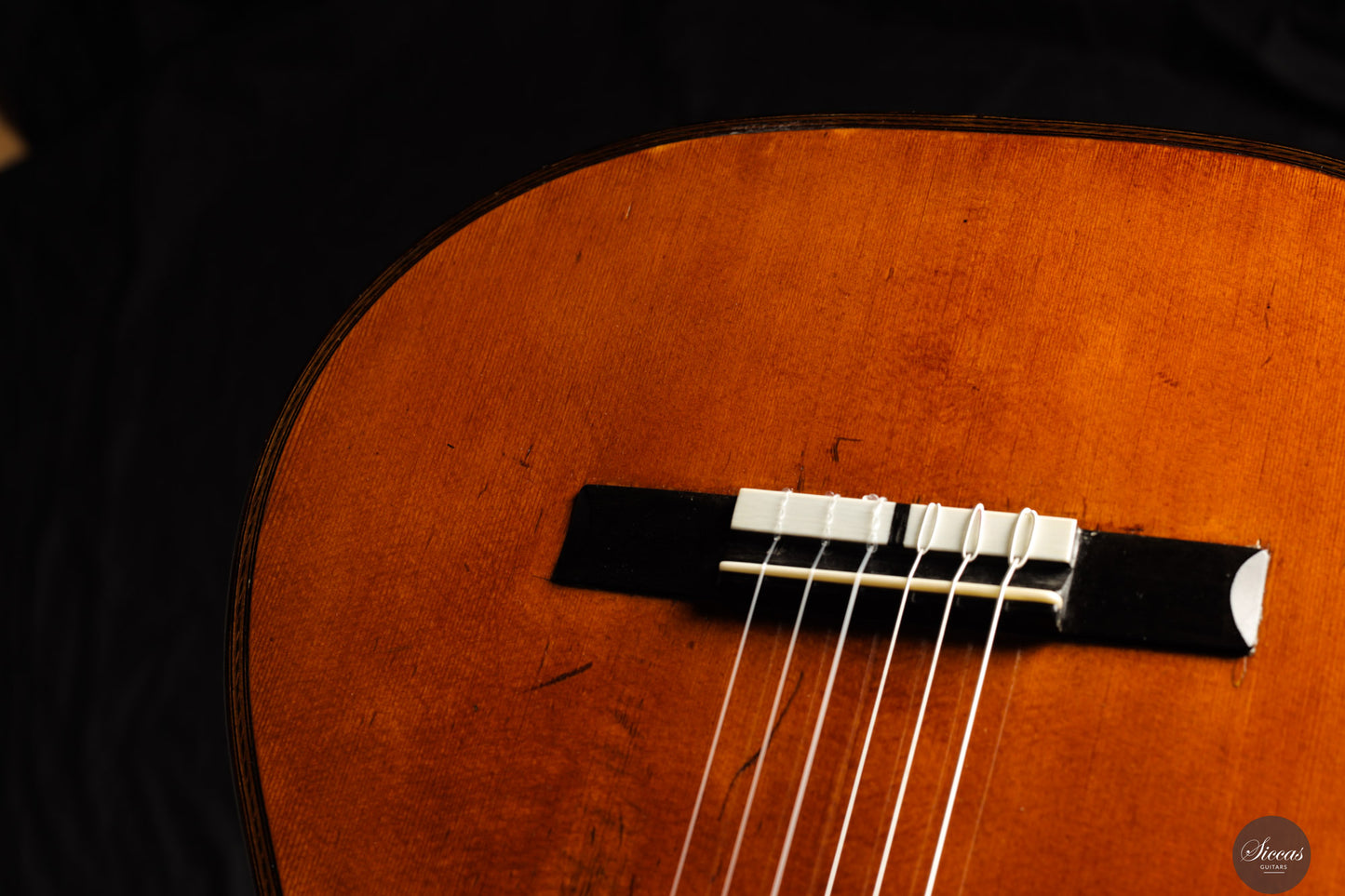
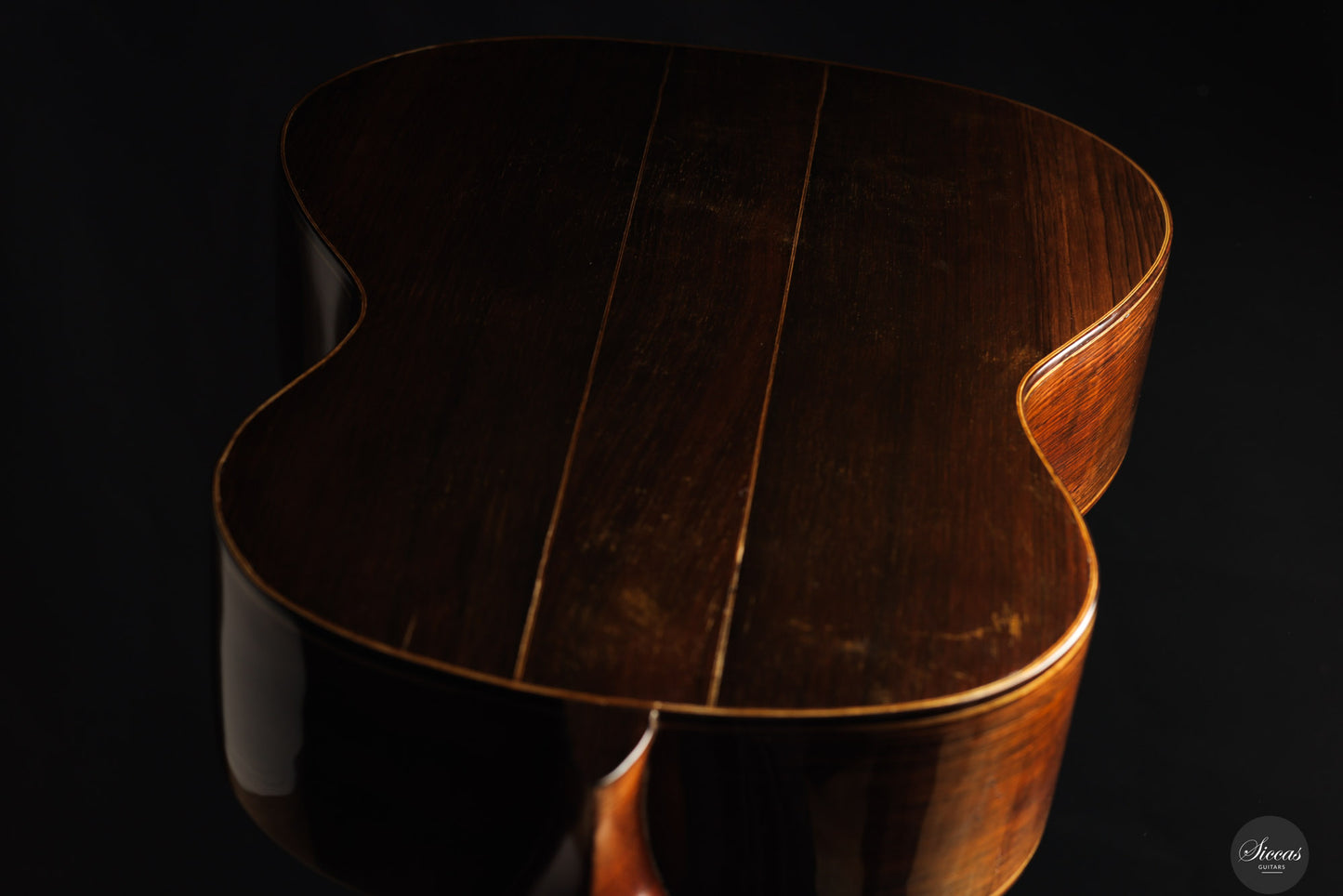
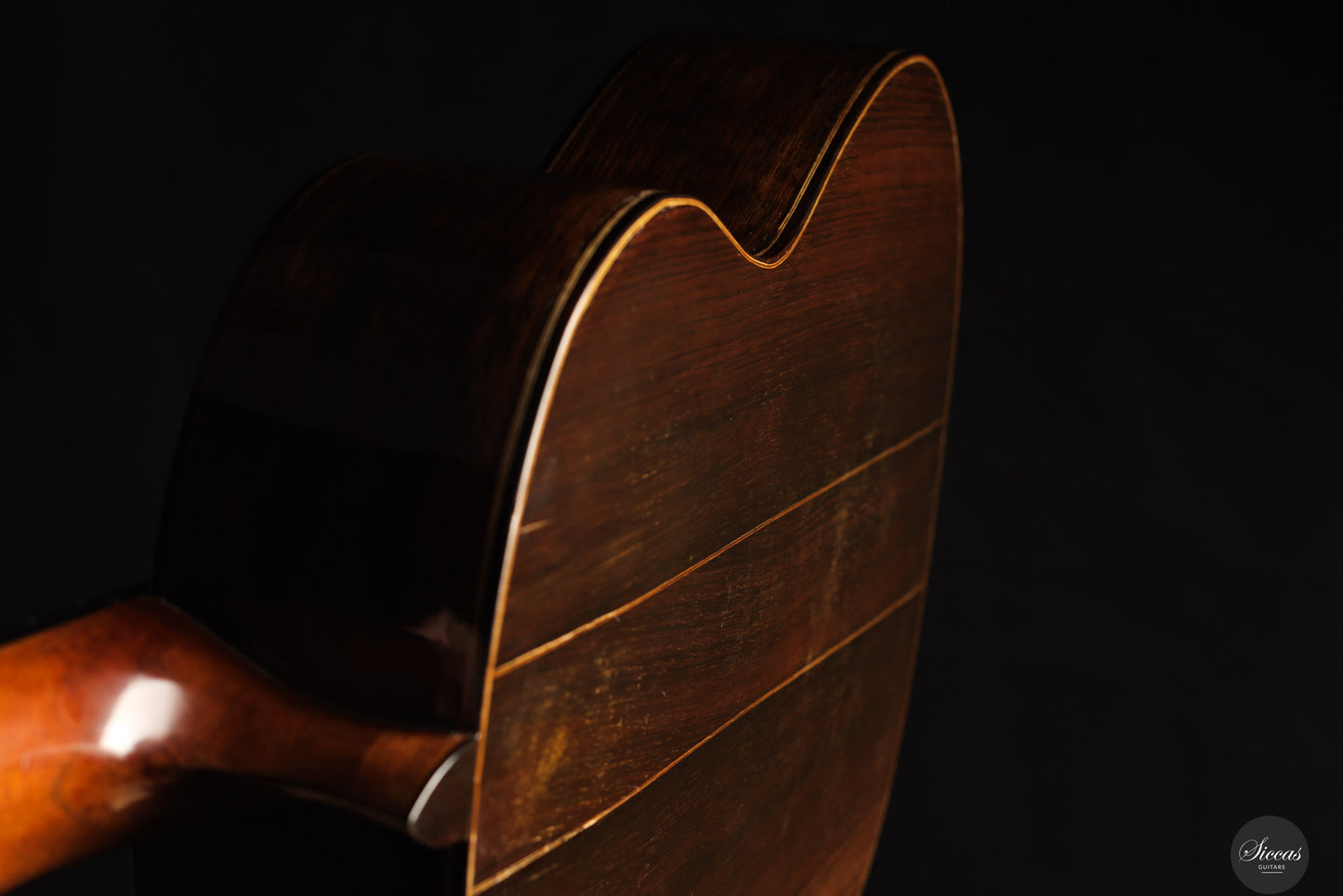
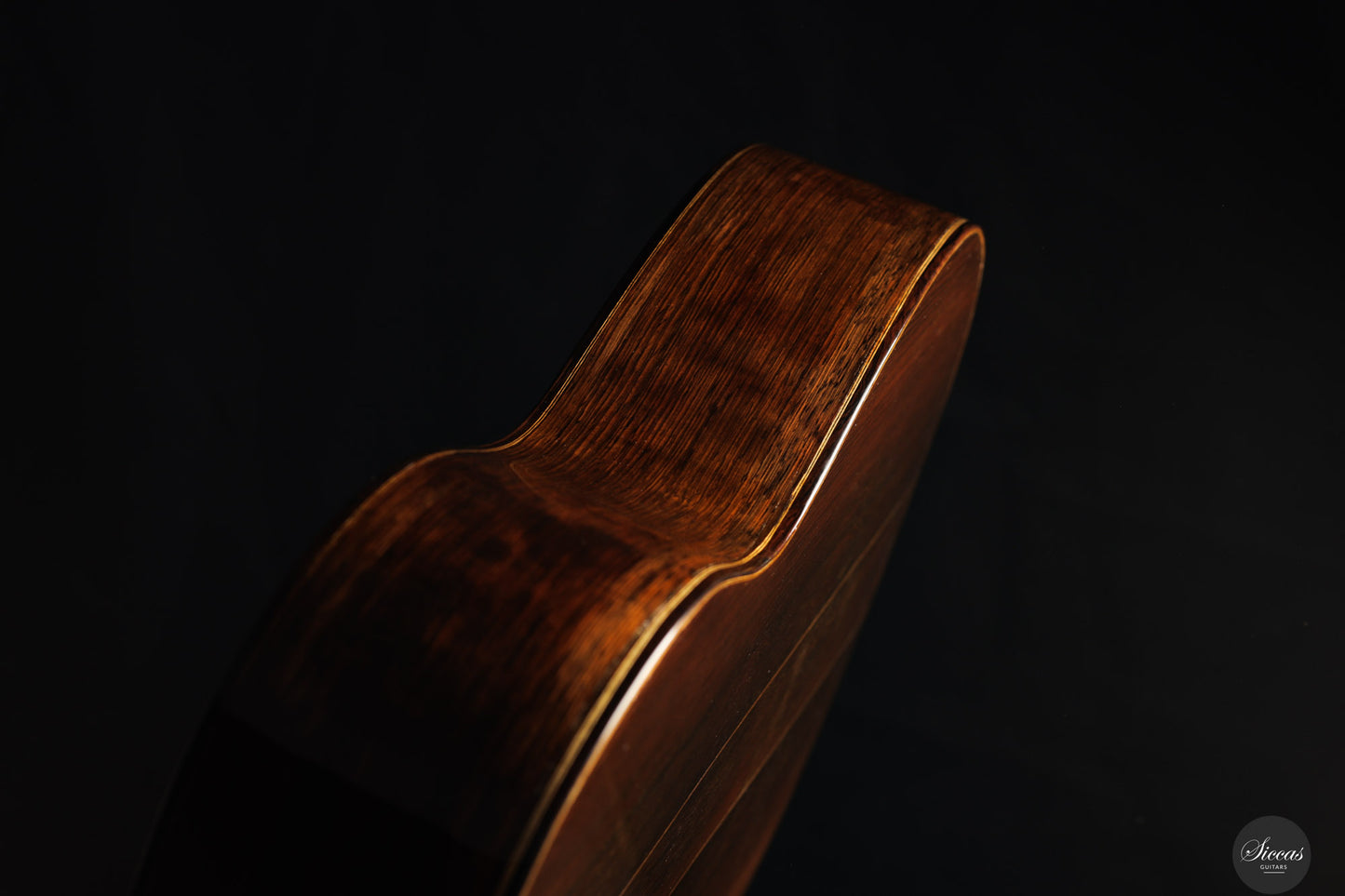
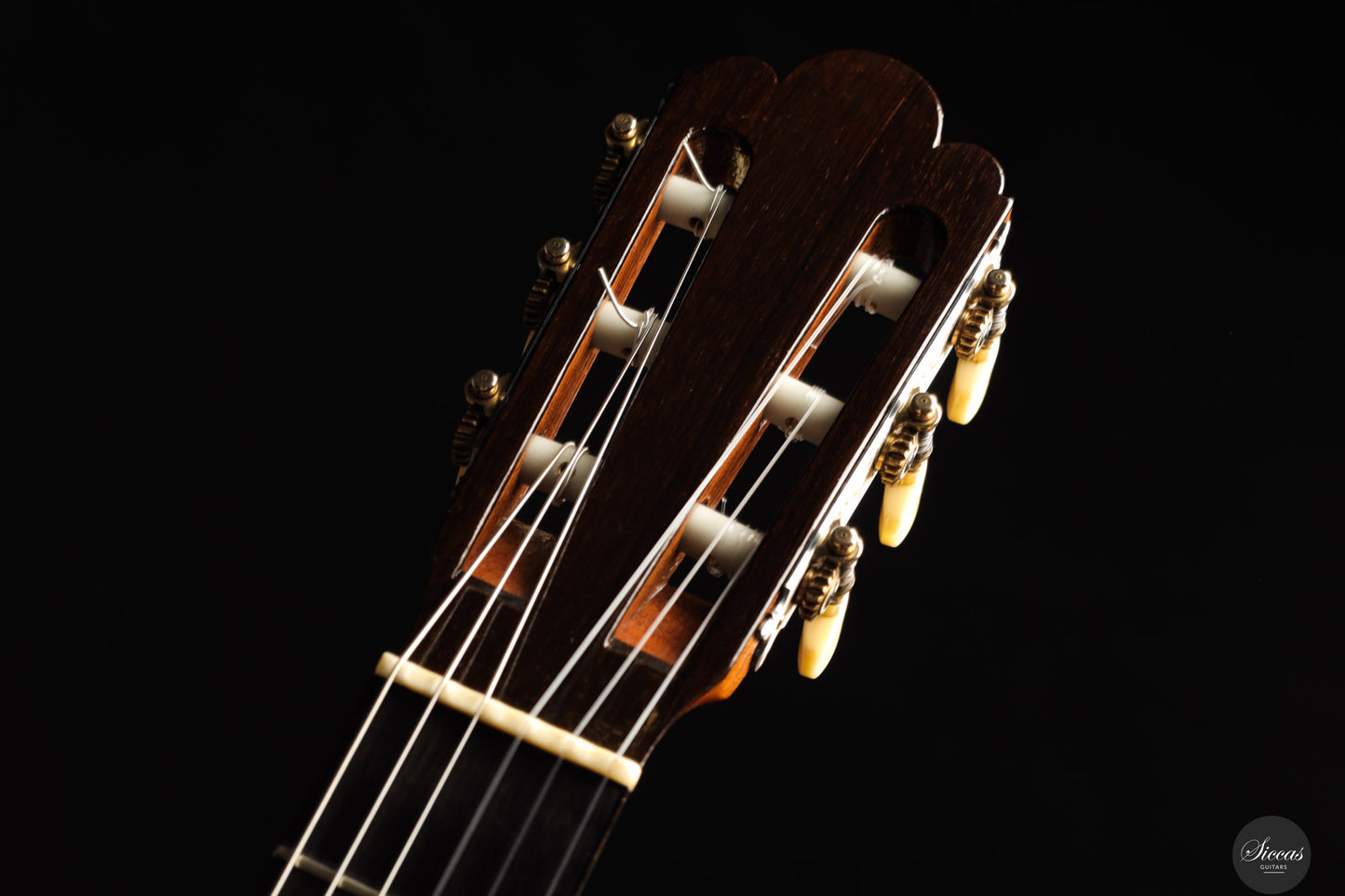
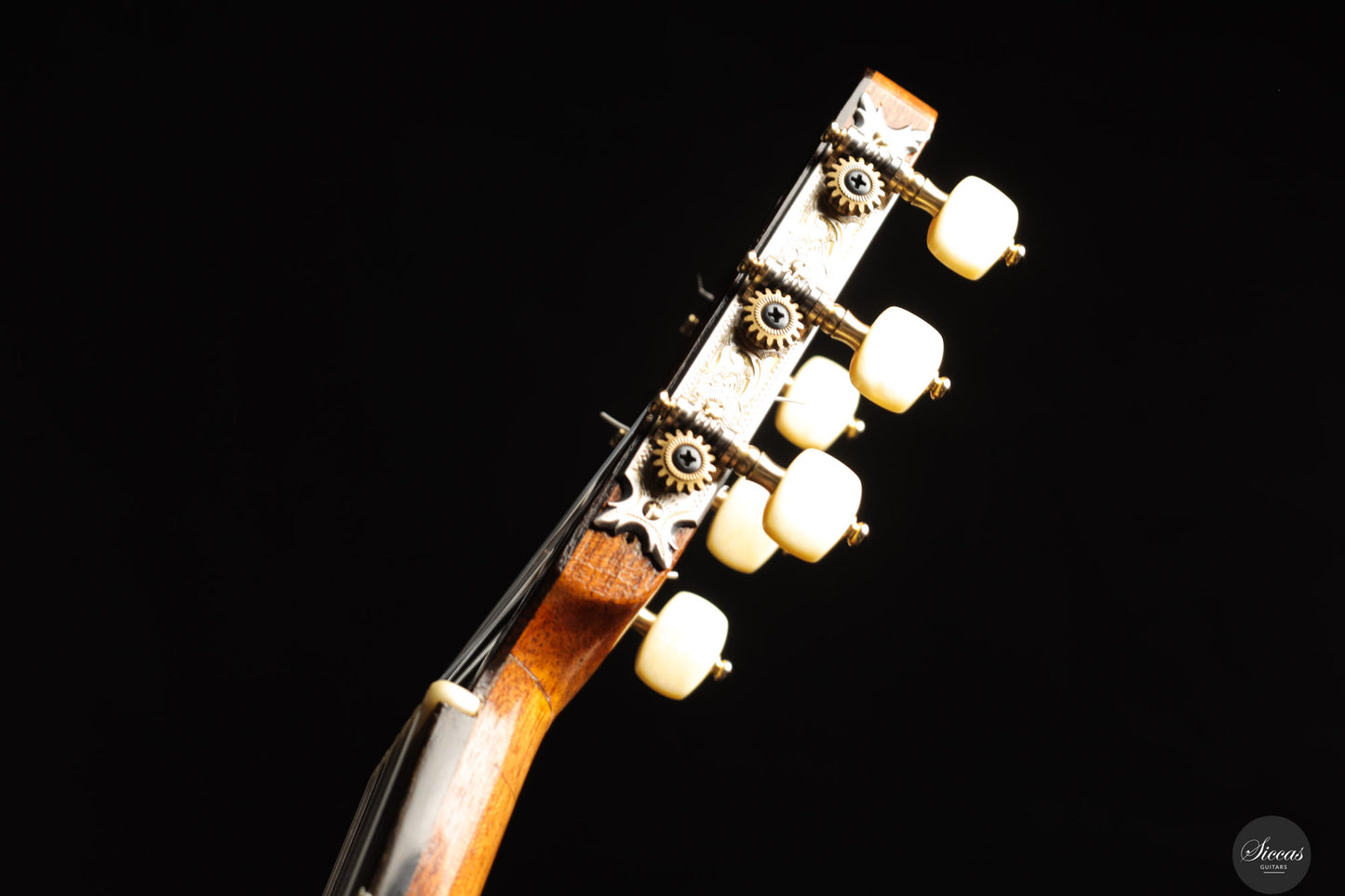
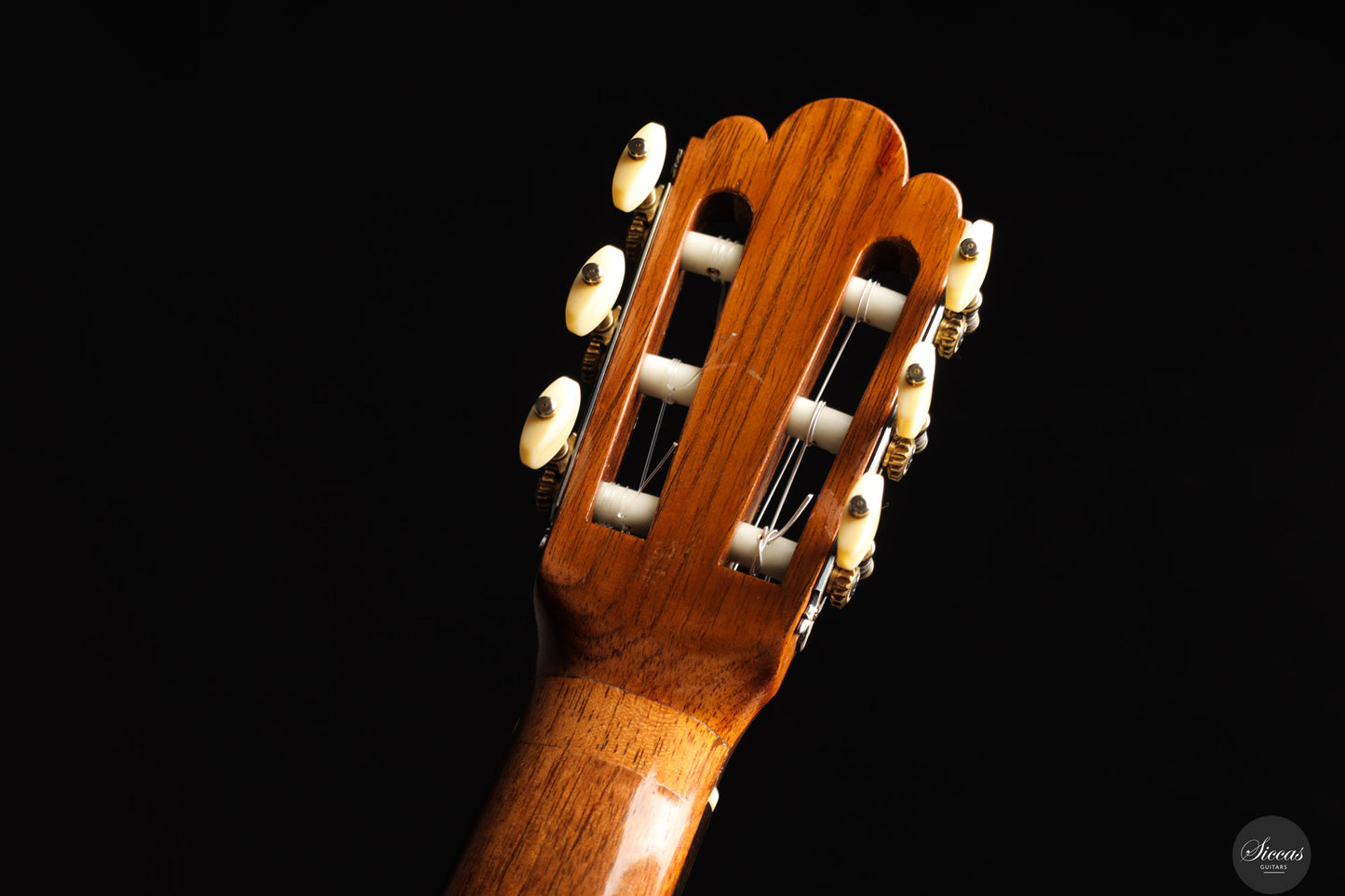
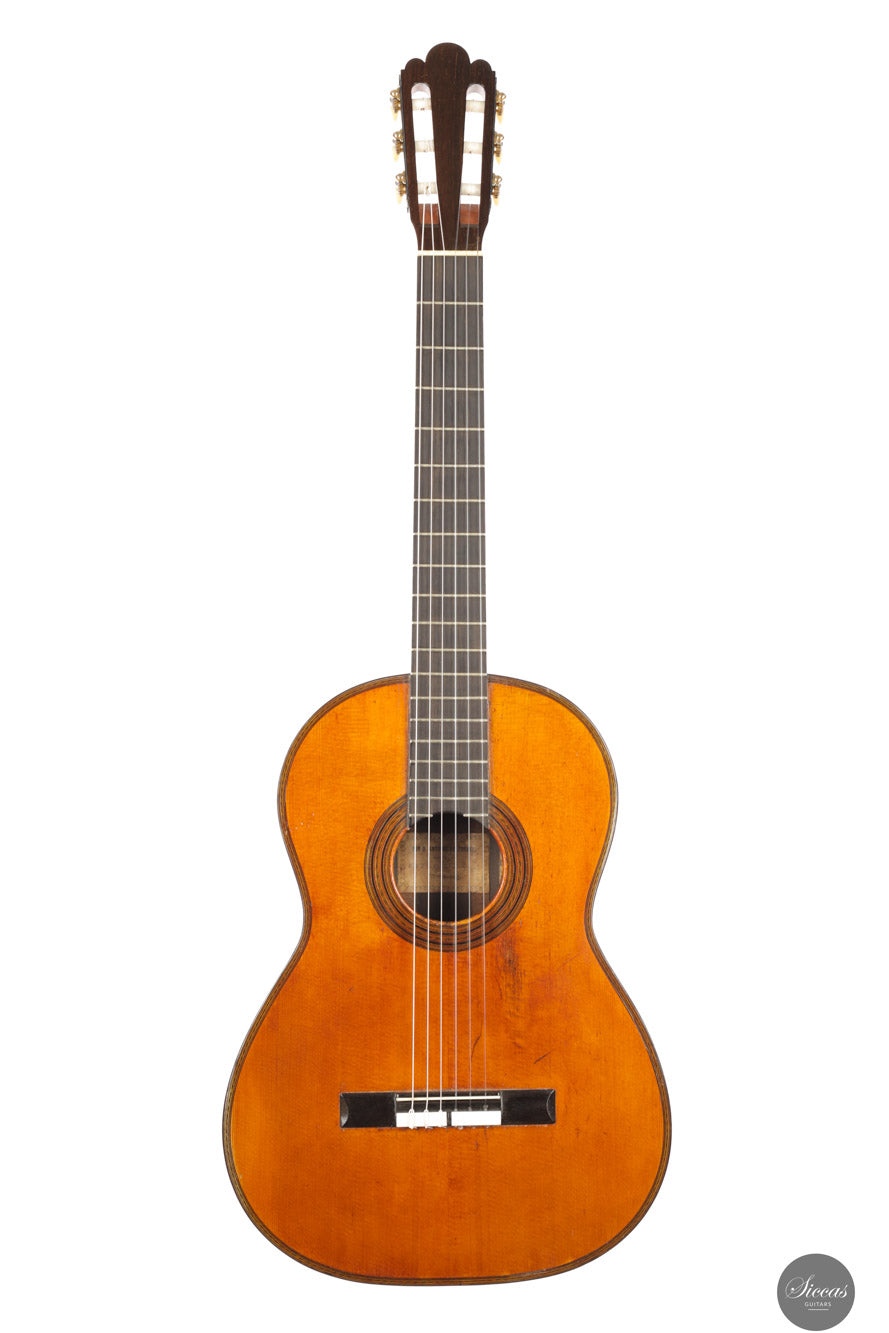
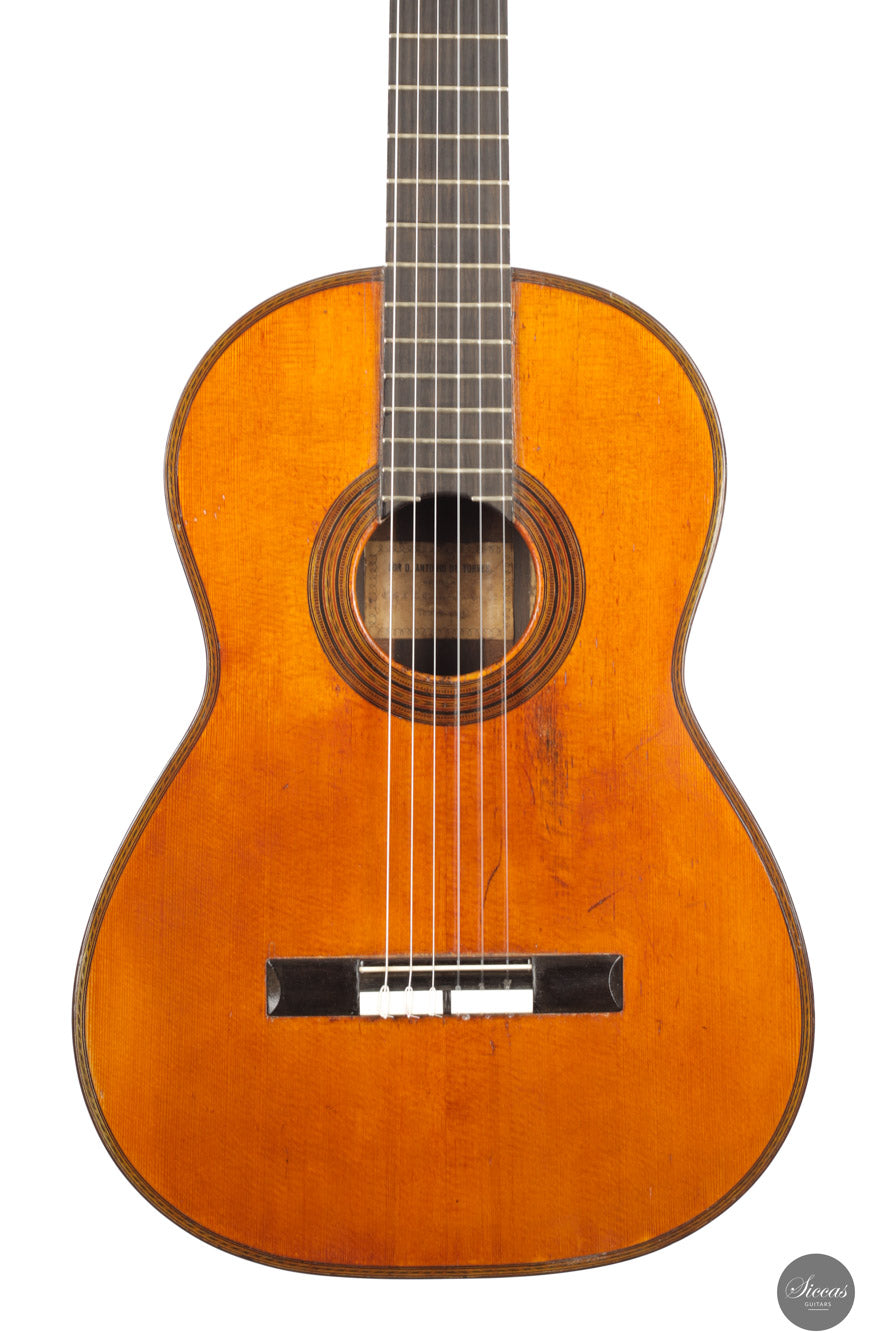
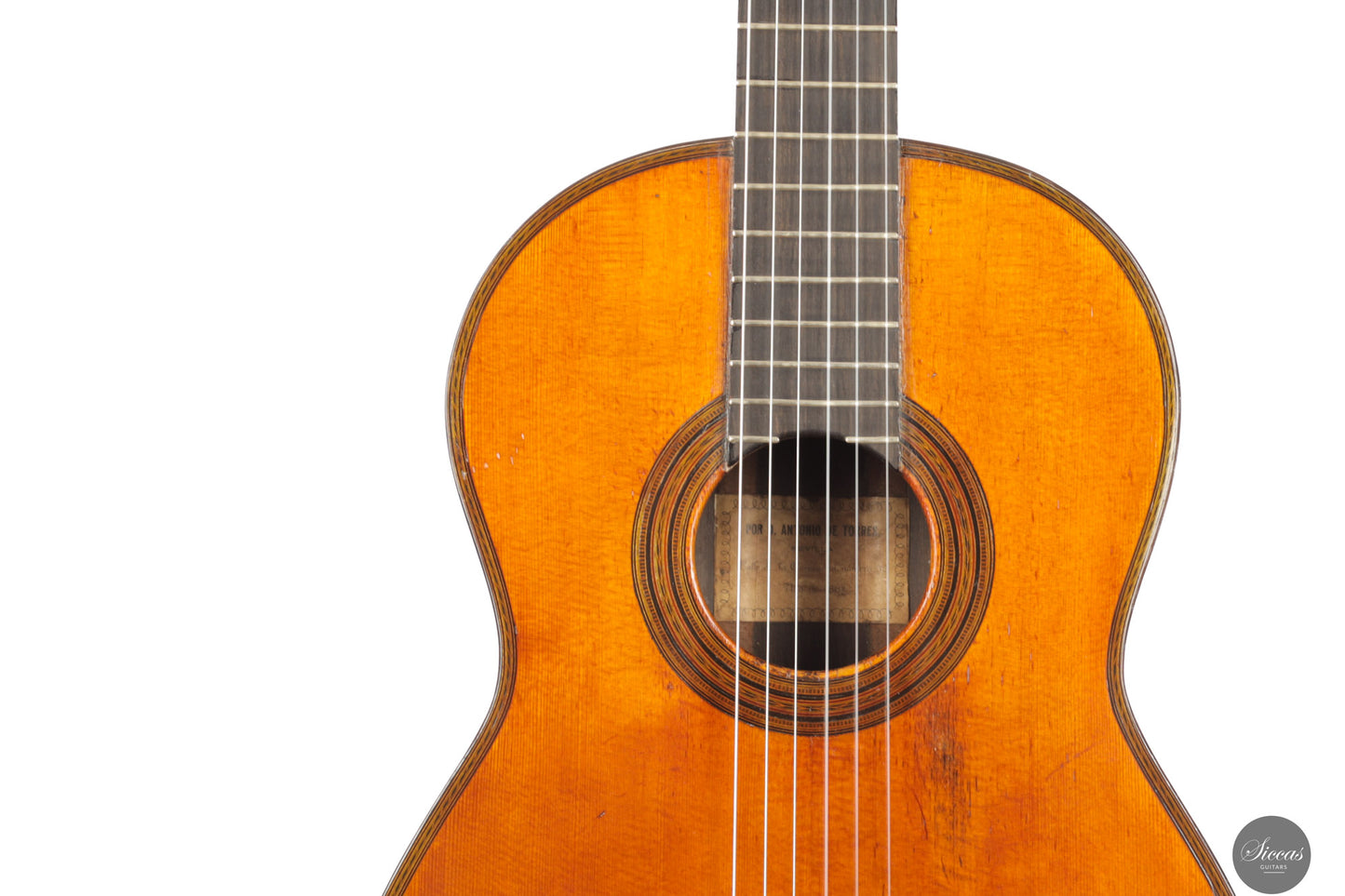
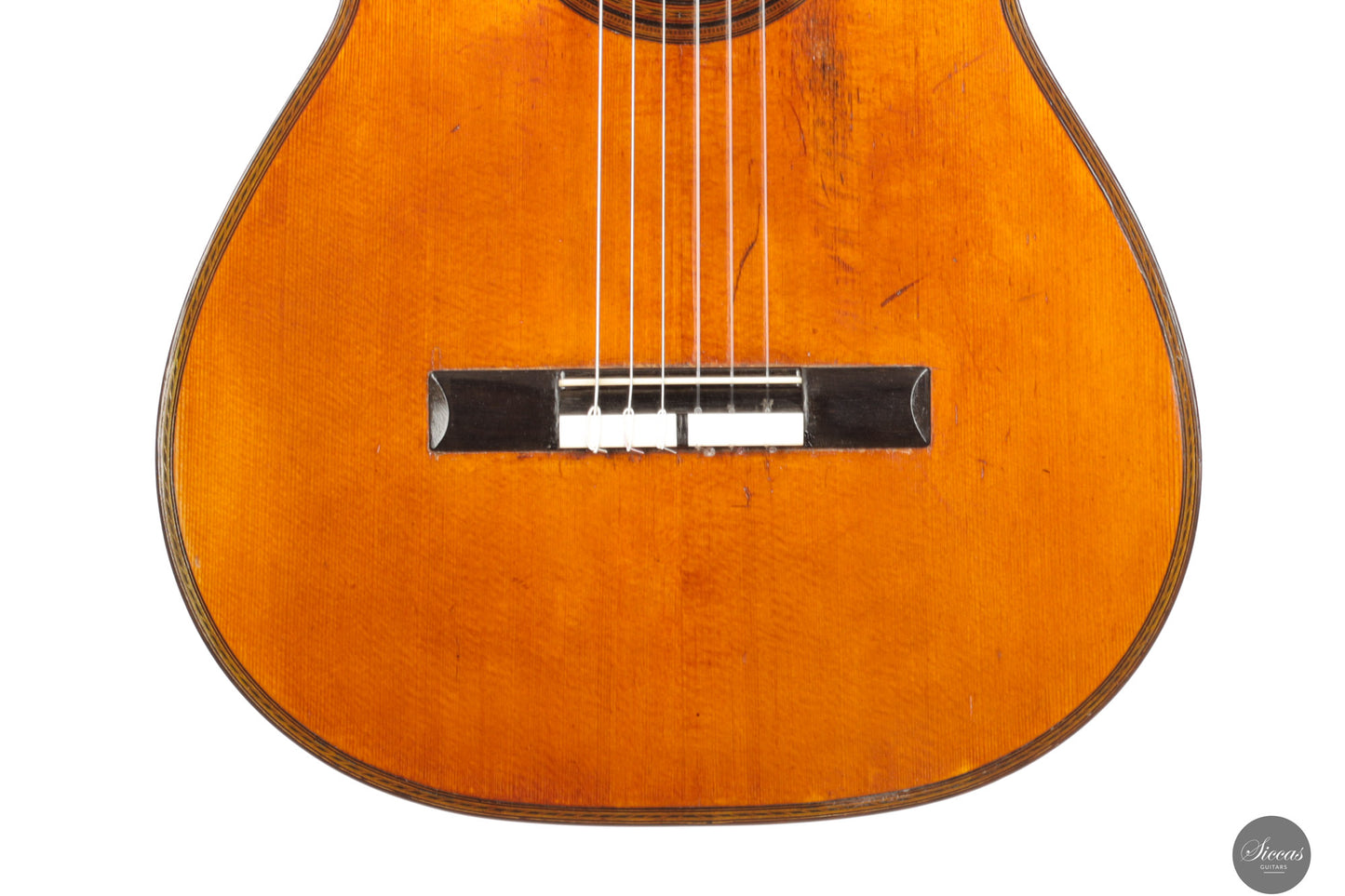
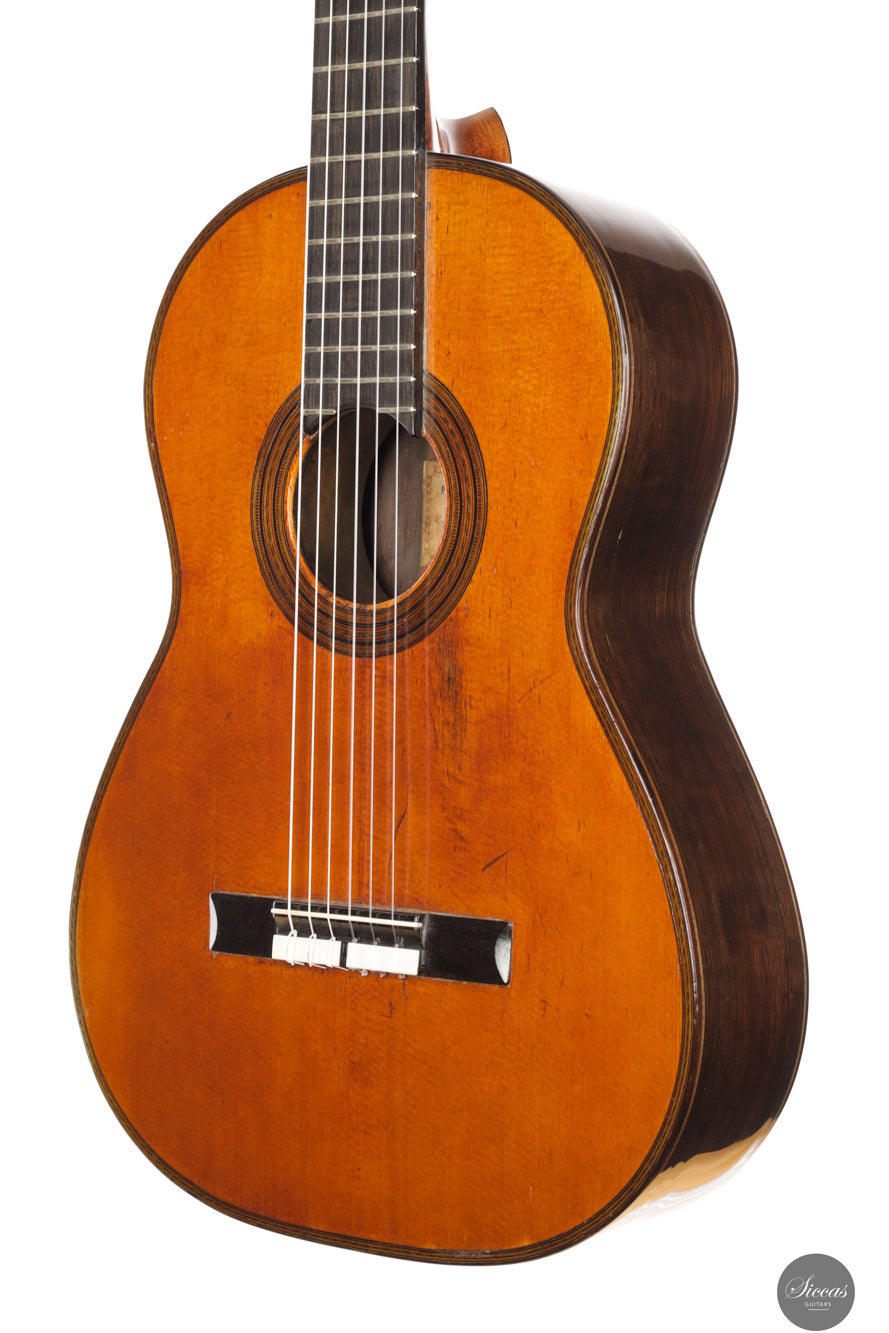
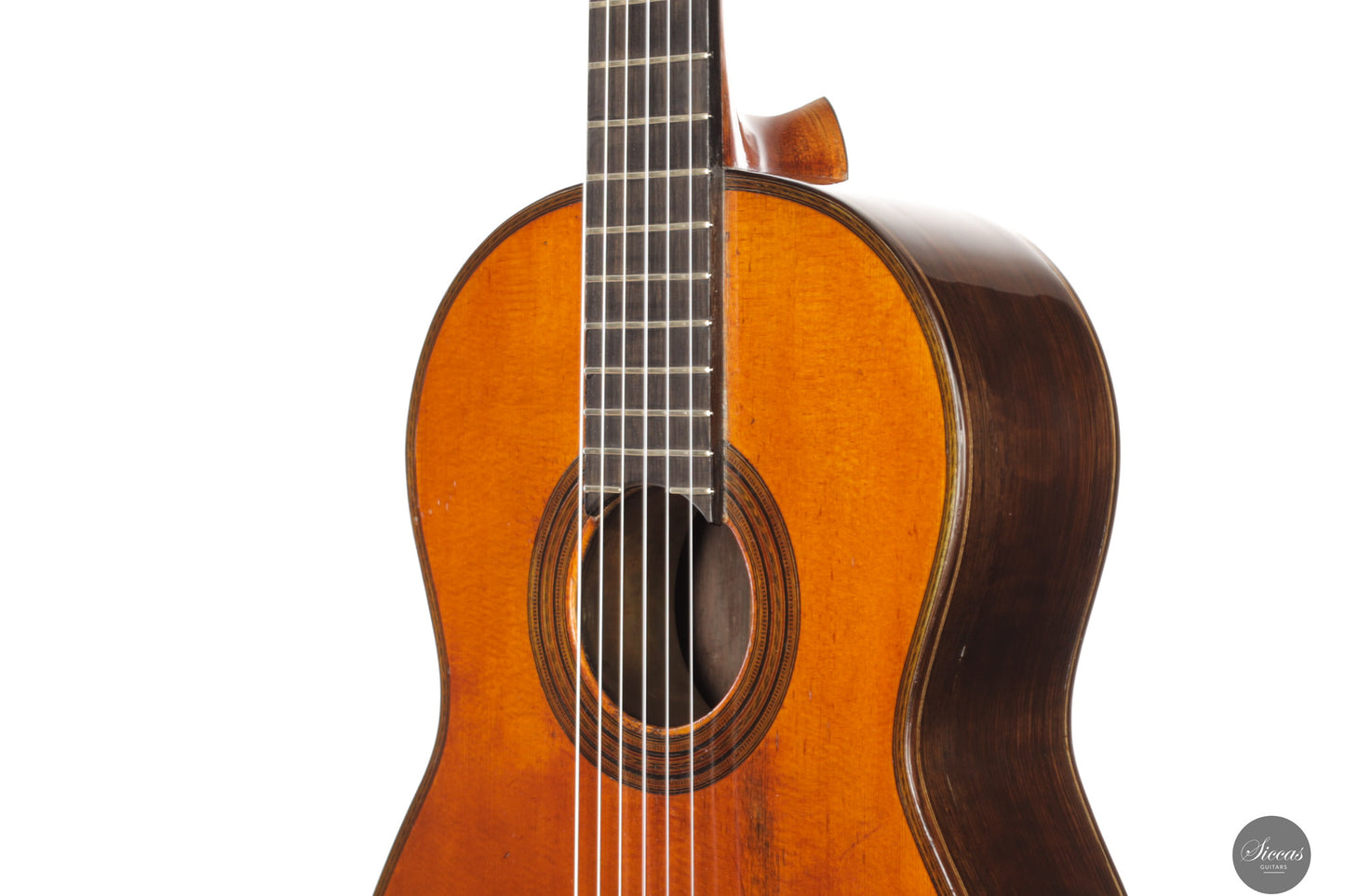
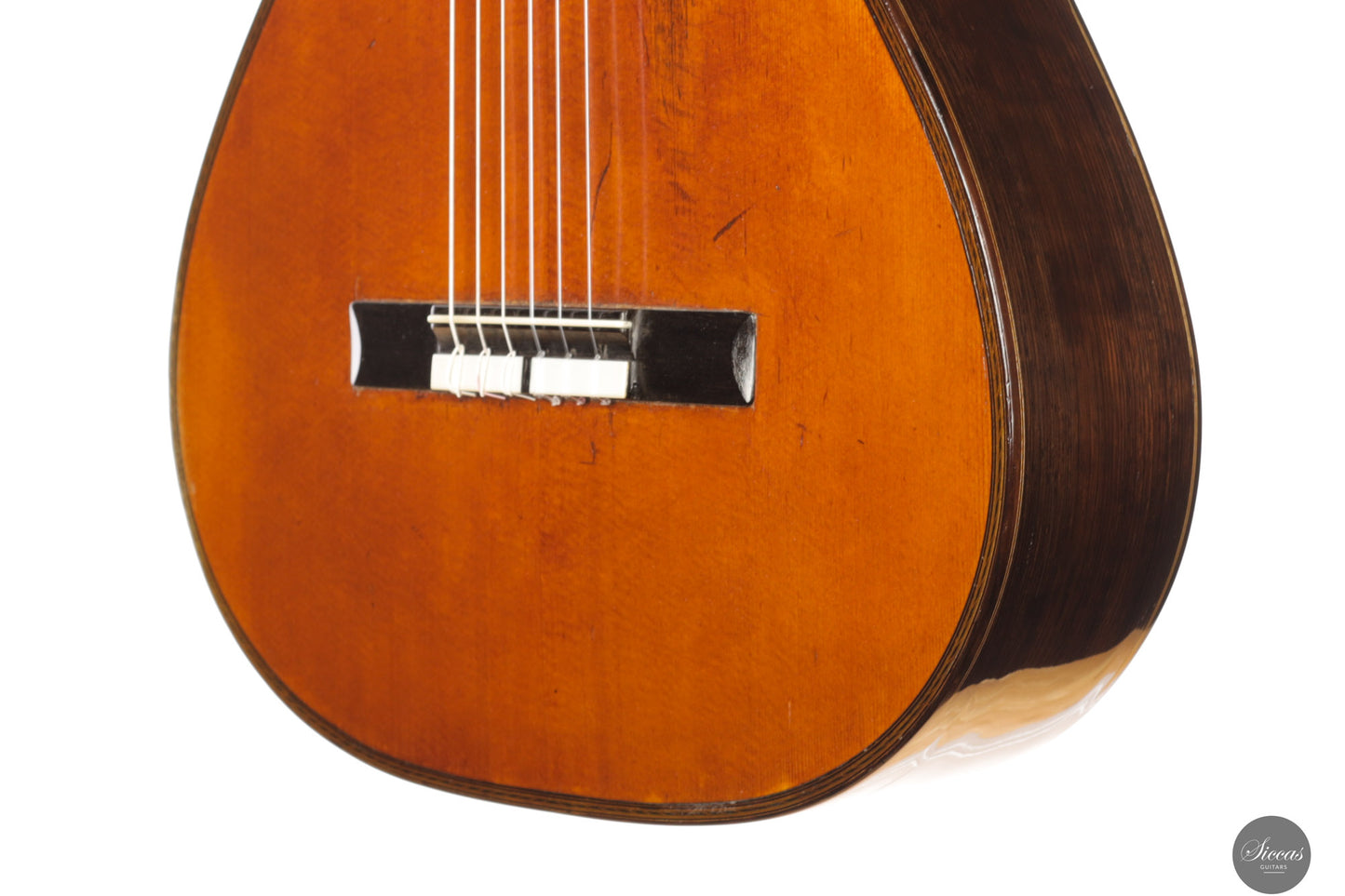
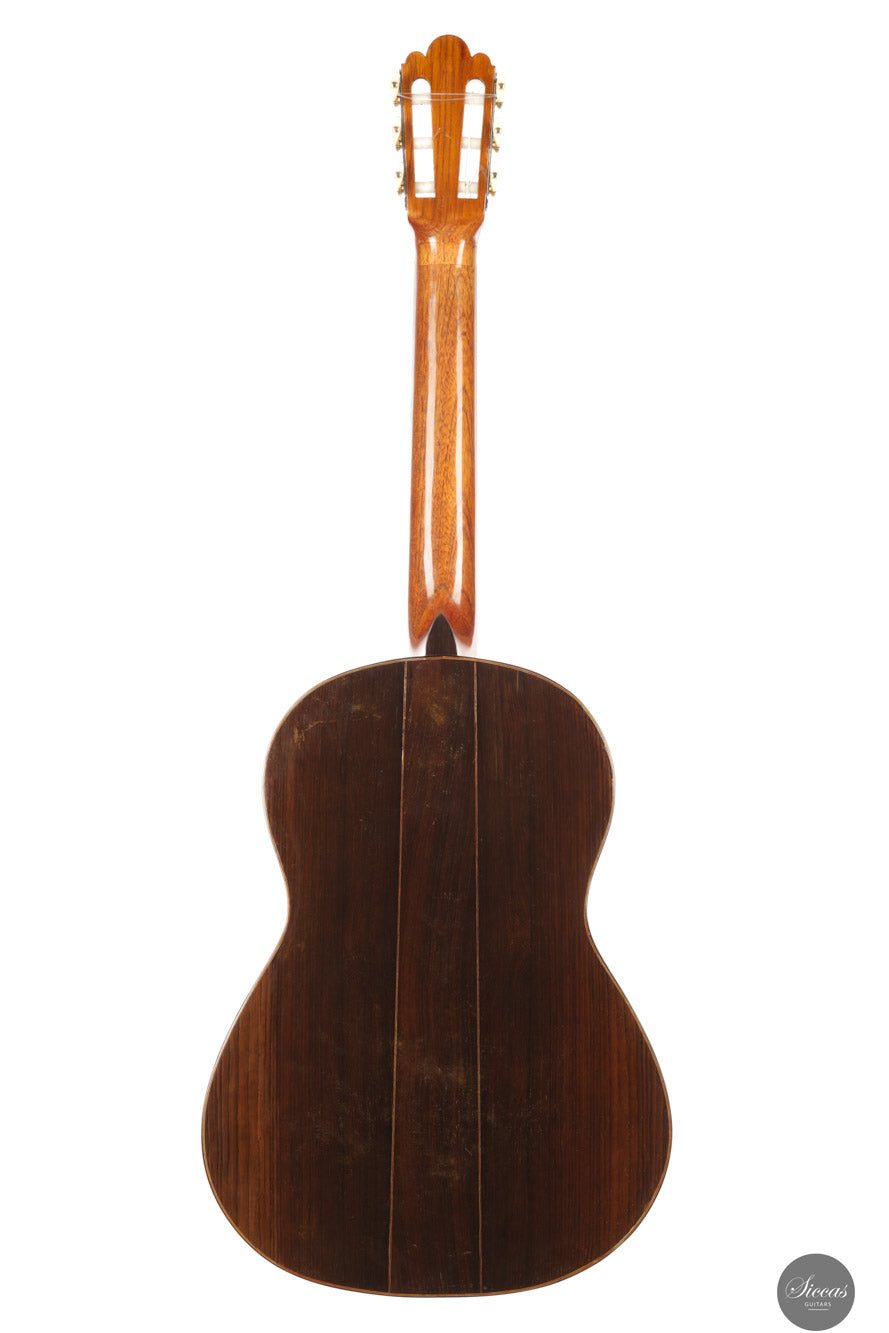
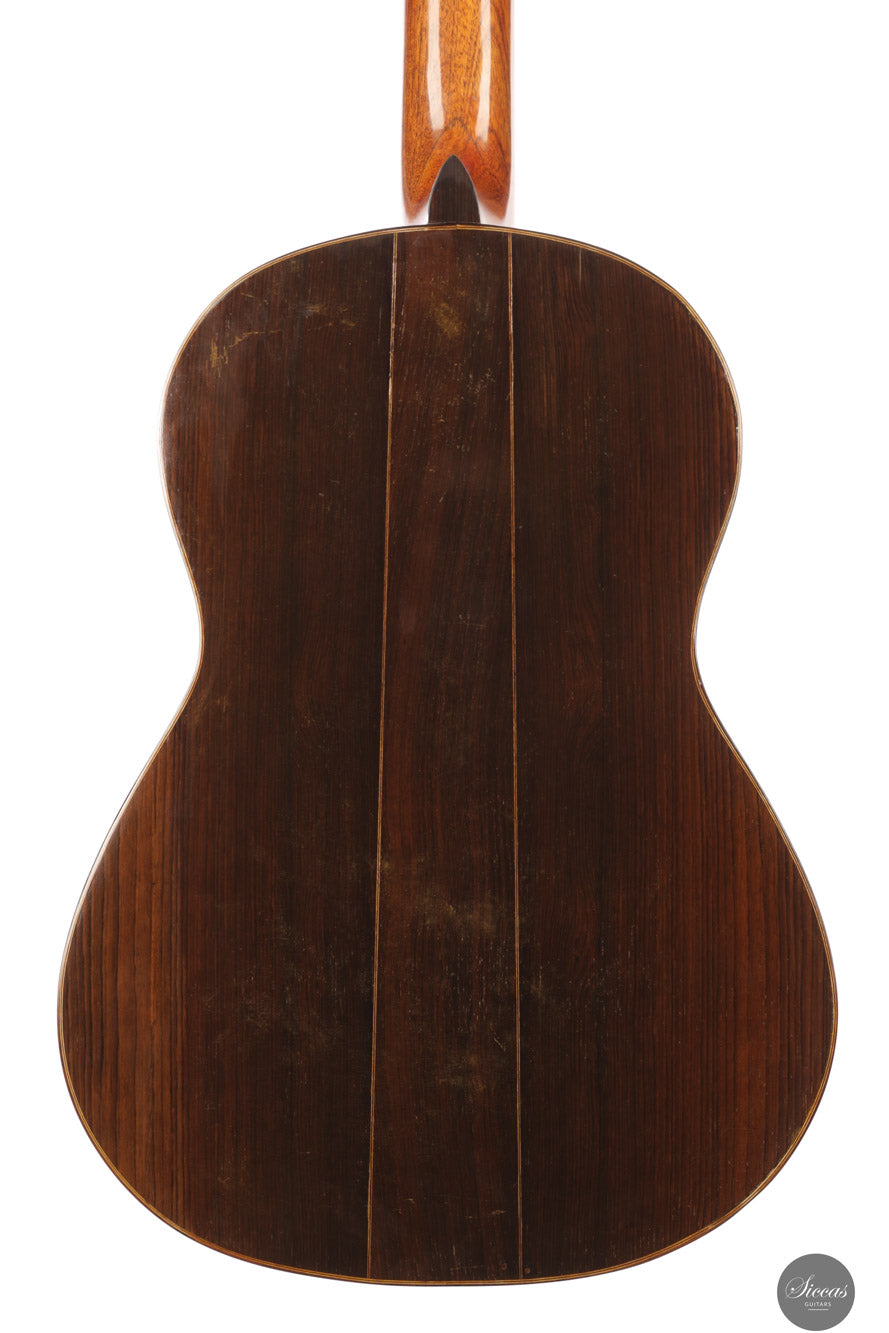
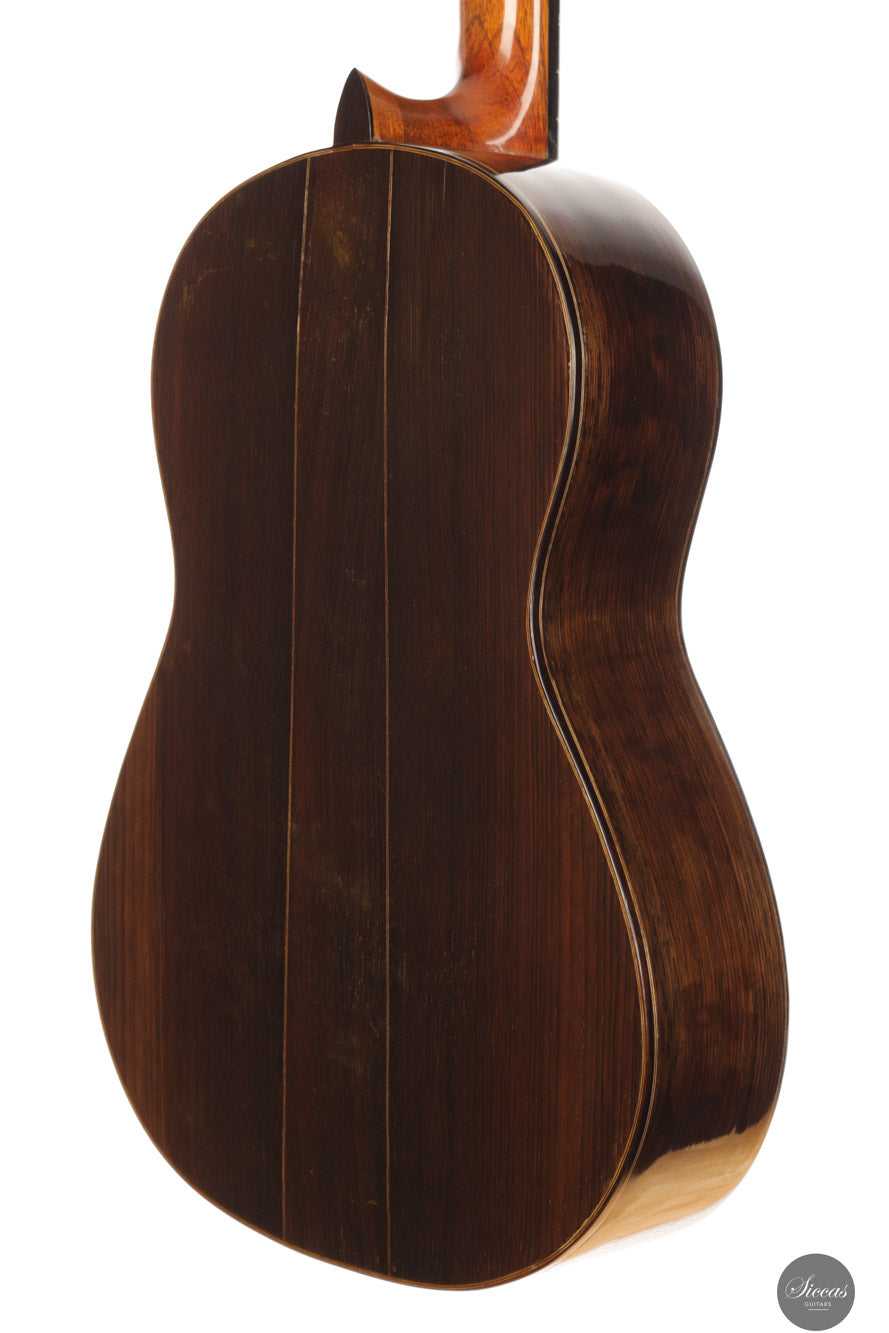
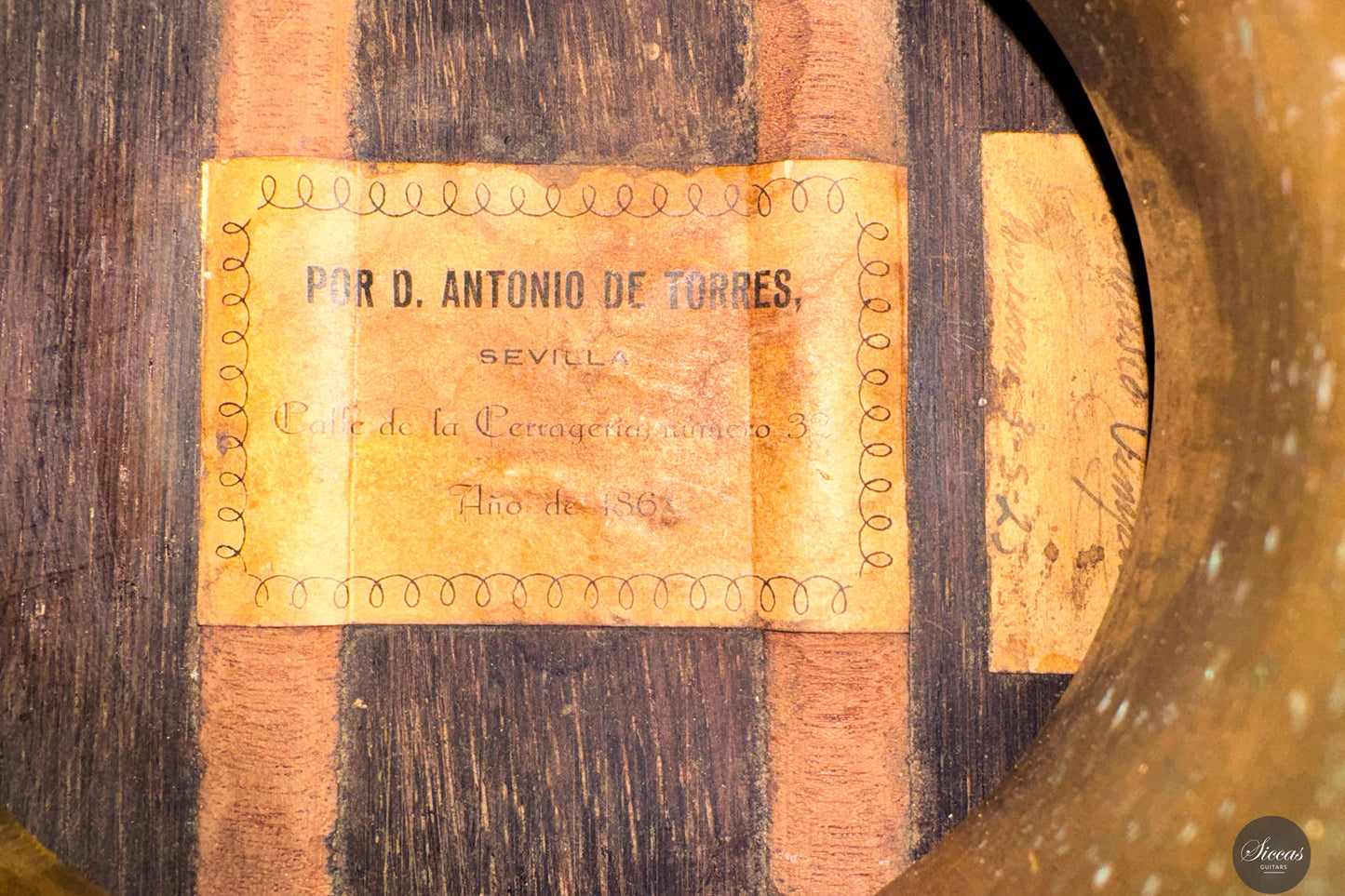
Video overview







































































